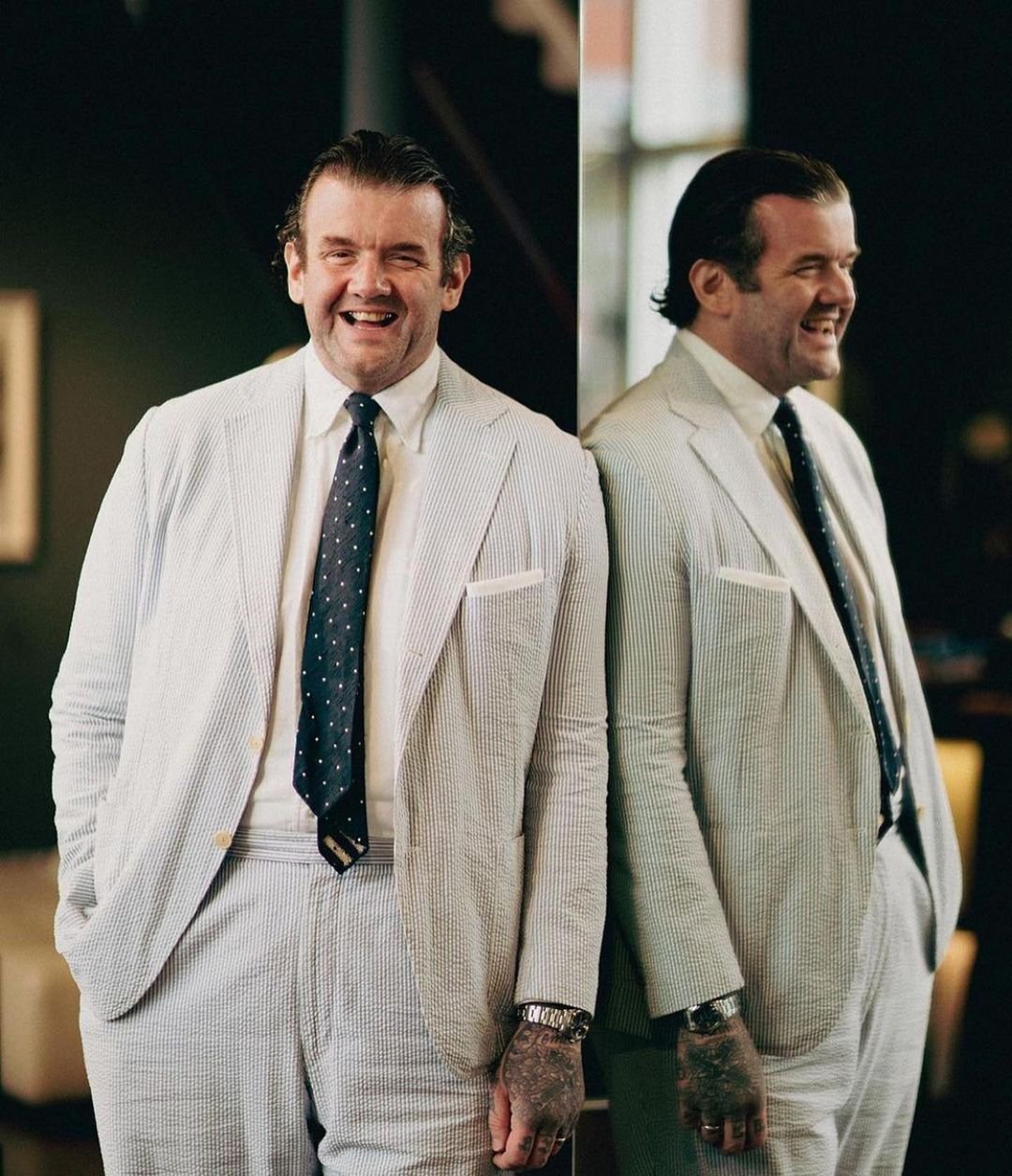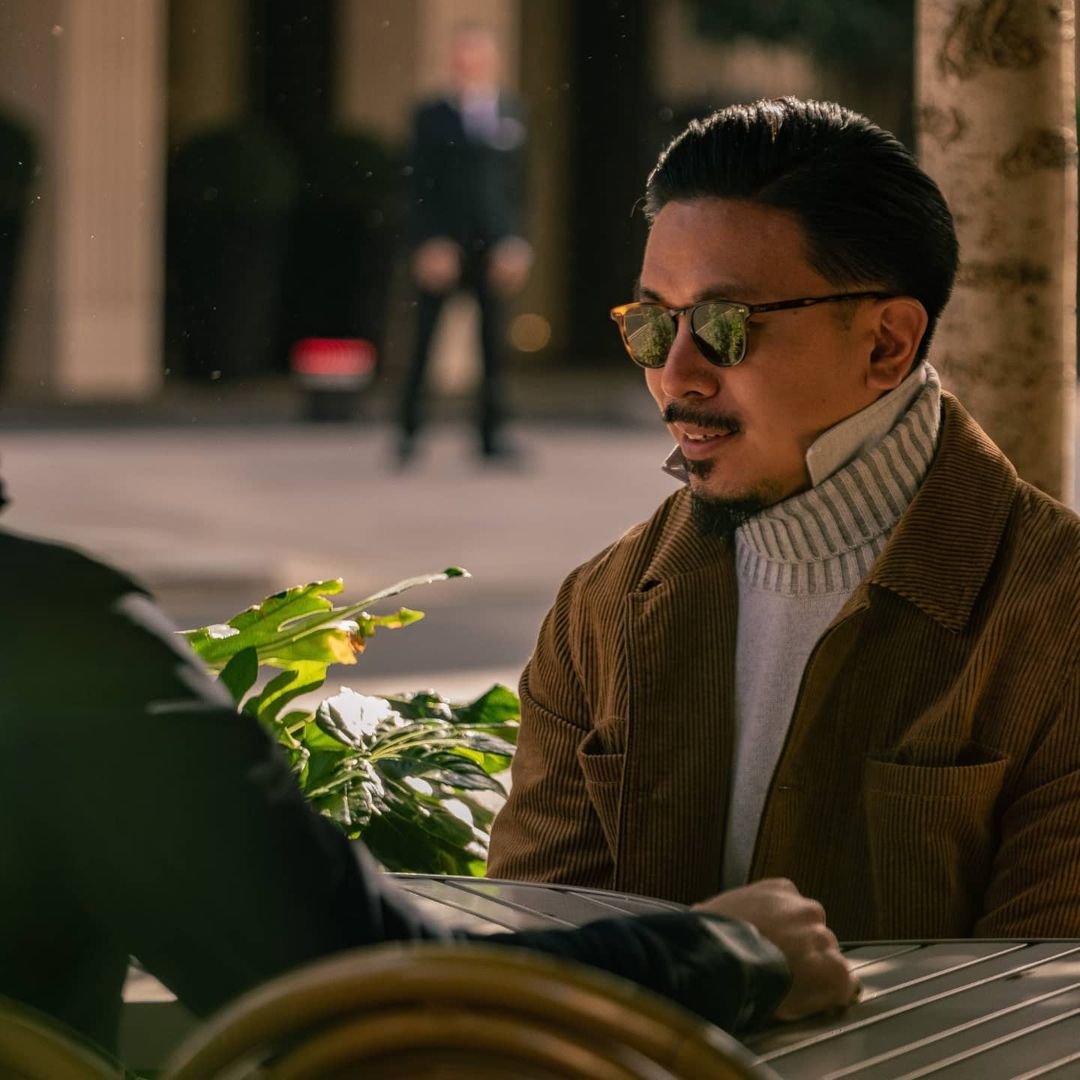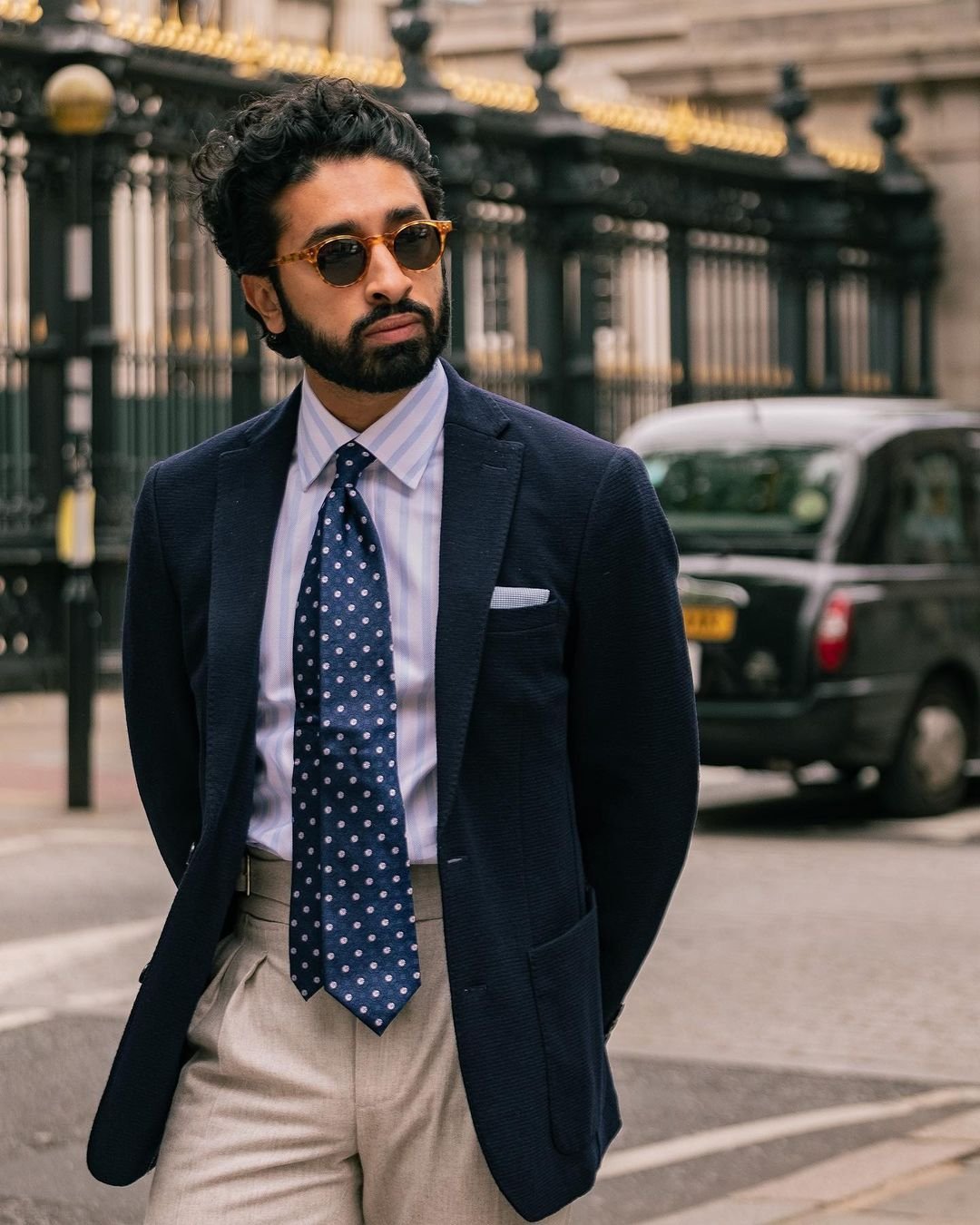Business Casual Vs. Smart Casual
The following is an extract from my article for Rampley & Co. Read the full piece here.
The gift, and subsequent curse, of the business casual and smart casual dress codes are that there hasn’t been a clear cut, set in stone definition for either of them. The benefit of this situation is that it is always open to interpretation, but the downfall is that you’re also still open to critique if you get it badly wrong.
The lines of business and casual started to blur around the late ‘80s, and had slowly continued down that route before a pandemic-shaped shot of adrenaline forced the implementation of ‘casual’ into the everyday. For some, it came as a long-overdue end to stuffiness, whilst for others it was confirmation of a more slovenly world.
In order for rules to be broken, they need to be understood, so whether you’re in one camp or the other, understanding the history of the styles and their evolution will help vindicate your approach and decisions to your personal attire.
So what’s business casual today? And more specifically, what is the difference between business casual versus business professional? Well, the latter is simple: what you’d traditionally see being worn by men and women in the city. A two- or three-piece suit, business shirt, tie, pocket square, Oxford shoes, briefcase. And if you’re in London, this is usually accessorised with a hat, overcoat draped over an arm and an umbrella.
Well-known examples that embodied this style include the likes of Gordon Gekko and Don Draper to the more recent Harvey Specter and Harry Hart. Film and television are where some of menswear’s biggest icons were born, but off screen, figures such as Anthony Eden and more recently Luca di Montezemolo also embodied this style. Barely a hair, let alone a tie was out of place, such was the precision, care and attention to detail.



